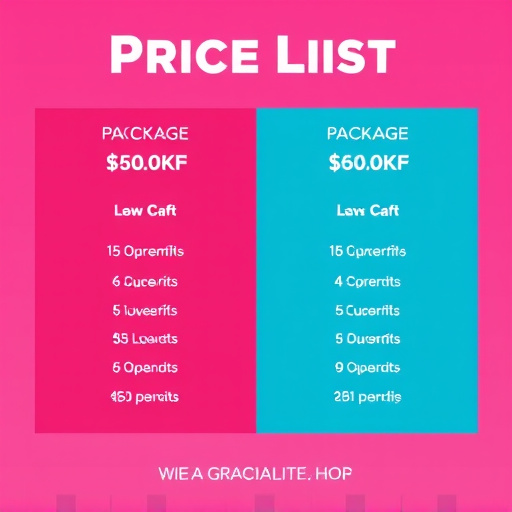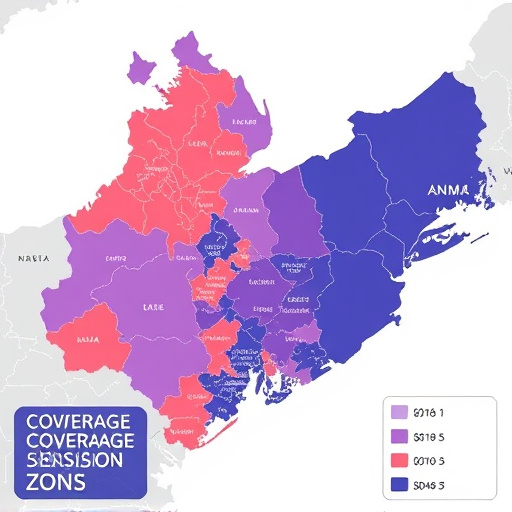In California, with its stringent environmental regulations, especially focusing on vehicle emissions, CARB-compliant air intakes are a must for car owners and enthusiasts. These intakes, set by the California Air Resources Board (CARB), ensure efficient airflow while maintaining pollution control systems, allowing vehicles to meet emission standards without compromising engine performance or fuel efficiency. By choosing CARB-compliant options, drivers can legally enjoy cleaner air, contribute to sustainable transportation practices, and benefit from improved engine performance and reduced maintenance costs.
California’s stringent emissions regulations, set by the California Air Resources Board (CARB), are a game-changer in the automotive industry. To meet these standards, car owners and manufacturers must explore sustainable solutions, particularly with CARB-compliant air intake systems. This article delves into the world of eco-friendly options, offering an insightful guide on understanding and adopting CARB-compliant air intakes in California. From benefits to considerations, we’ll navigate the key aspects to help you make informed choices for a cleaner, more compliant future.
- Understanding CARB Emissions Standards in California
- Exploring CARB-Compliant Air Intake Options
- Benefits and Considerations for Adoption
Understanding CARB Emissions Standards in California

California has set stringent emissions standards, regulated by the California Air Resources Board (CARB), to combat air pollution and promote cleaner vehicles. These standards are among the most rigorous in the US, aiming to reduce greenhouse gas emissions and improve air quality. For vehicle enthusiasts and manufacturers, understanding CARB-compliant air intakes is crucial when considering modifications or purchasing parts for their Californian rides.
CARB-compliant air intakes ensure that vehicles meet the required emission levels by facilitating efficient airflow while maintaining the necessary pollution control systems. This involves designing intake systems that minimize restrictions, ensuring optimal engine performance and fuel efficiency without compromising environmental compliance. With California’s unique automotive market, consumers can now access a wide range of CARB-compliant options, allowing them to enjoy modified vehicles while adhering to state regulations.
Exploring CARB-Compliant Air Intake Options

In California, where environmental regulations are stringent, especially regarding vehicle emissions, exploring CARB-compliant air intake options is a smart choice for both car owners and enthusiasts. The California Air Resources Board (CARB) sets the standards for low-emission vehicles, ensuring that every component, from air intakes to exhaust systems, meets specific criteria. For those looking to enhance their vehicle’s performance while staying within these guidelines, CARB-compliant air intakes offer a viable solution.
These air intakes are designed and tested to meet CARB’s stringent requirements, guaranteeing they reduce harmful emissions without compromising power or efficiency. By choosing CARB-compliant options, California drivers can rest assured that their modifications adhere to the law while contributing to cleaner air and a healthier environment. This is particularly important given the state’s commitment to fighting climate change and promoting sustainable practices in all sectors, including transportation.
Benefits and Considerations for Adoption

Adopting CARB-compliant air intakes in California offers a range of benefits for both vehicle owners and the environment. These advanced filtration systems are designed to meet or exceed the stringent emissions standards set by the California Air Resources Board (CARB), ensuring cleaner air and reduced pollution levels. One significant advantage is improved engine performance, as these intakes optimize airflow, leading to better fuel efficiency and a smoother driving experience.
When considering CARB-compliant options, it’s essential to look past initial costs. While some high-performance air intakes may carry a premium, the long-term savings in reduced maintenance and improved fuel economy make them a worthwhile investment. Additionally, these systems contribute to California’s efforts to combat climate change, as they help decrease greenhouse gas emissions and improve overall air quality.
In light of California’s stringent CARB emissions standards, adopting CARB-compliant air intakes is a significant step towards cleaner transportation. By exploring these advanced options, vehicle manufacturers and consumers can contribute to reducing pollution and improving air quality in the state. The benefits, including enhanced performance and environmental responsibility, make CARB-compliant air intakes an attractive choice for those seeking sustainable mobility solutions.














